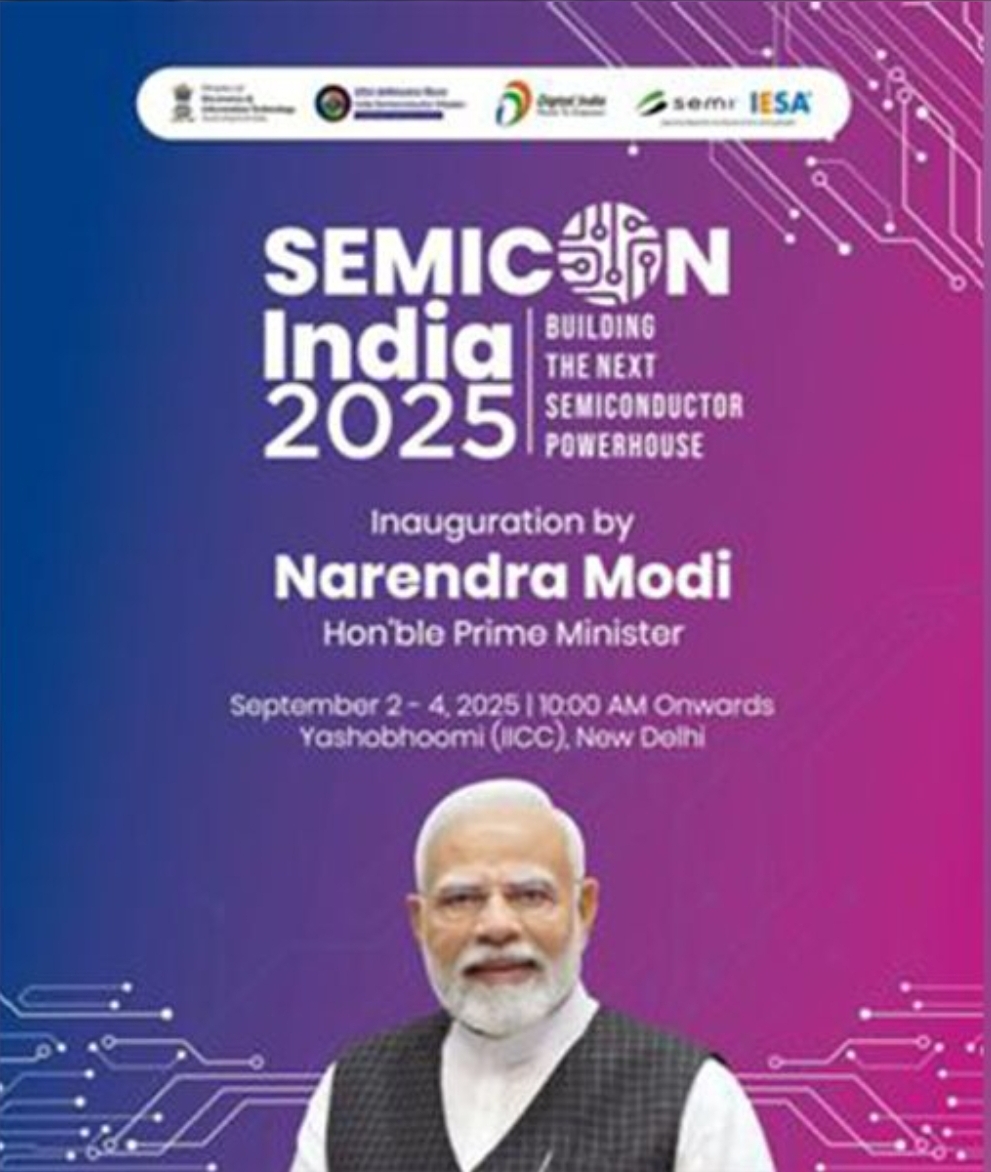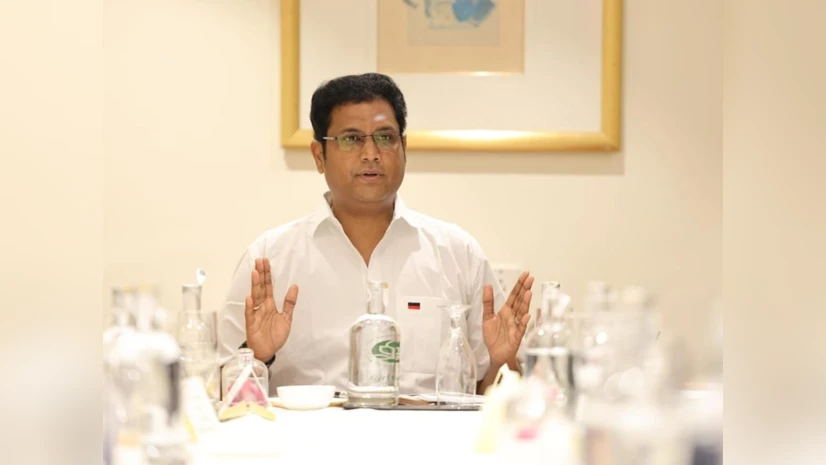
Semicon India 2025: India’s Leap Towards Becoming a Global Semiconductor Powerhouse
- Hrishikesh
- September 3, 2025
- India, Semiconductor Industry
- ai and semiconductors, atmanirbhar bharat semiconductors, chip design india, electronics industry india, india digital economy, India electronics manufacturing, India semiconductor mission, iot hardware india, iotadda news, made in india chip, pm modi semiconductor, semicon india 2025, semiconductor ecosystem, semiconductor fabs india, smart manufacturing India, vikram processor
- 0 Comments
The semiconductor industry is no longer just about chips—it is about digital sovereignty, economic resilience, and the future of technology itself. At the inauguration of Semicon India 2025 in New Delhi, Prime Minister Narendra Modi reinforced India’s ambitions to not only participate in the global semiconductor race but to lead it.
India at the Center of the Semiconductor Revolution
Speaking at Yashobhoomi, PM Modi declared, “The world trusts India, the world believes in India, and the world is ready to build the semiconductor future with India.”
The three-day conference (September 2–4, 2025) has attracted more than 20,000 participants from over 40 countries, bringing together policymakers, global CEOs, startups, and students under one roof.
The message is clear: India is transforming into a full-stack semiconductor nation—from chip design and fabrication to advanced packaging and integration.
Key Announcements and Milestones
- First Made-in-India Chip
Union IT Minister Ashwini Vaishnaw unveiled “Vikram”, India’s first fully indigenous 32-bit processor, developed under the Semicon India programme. This milestone signals India’s growing design capability and the shift from being just a talent hub to becoming a product nation. - Ten Semiconductor Projects Cleared
Since 2021, the government has approved 10 semiconductor projects, mobilizing investments worth over USD 18 billion (₹1.5 lakh crore). Among them, CG Power’s pilot fab became operational in August 2025, ahead of schedule. - Policy and Infrastructure Push
The government has streamlined approvals through the National Single Window System and developed plug-and-play semiconductor parks with assured power, land, and skilled manpower. Incentives like the PLI schemeand Design-Linked Incentive (DLI) are further accelerating momentum. - Critical Minerals and Self-Reliance
A National Critical Mineral Mission has been launched to secure essential raw materials for chips, ensuring India’s supply chain independence.
Why This Matters for the Global Tech Landscape
PM Modi likened semiconductors to the “digital diamonds” of the 21st century, underscoring their role in AI, 5G, smart manufacturing, EVs, and IoT. With global supply chains seeking resilience beyond East Asia, India’s strategic positioning as both a manufacturing base and a design hub makes it an attractive partner.
Design centers in Noida and Bengaluru are already working on cutting-edge chips with billions of transistors, and India contributes 20% of the world’s semiconductor design workforce. The shift is no longer about outsourcing talent—it is about owning IP, driving innovation, and enabling next-generation technologies.
Opportunities for Startups, Innovators, and MSMEs
Semicon India 2025 is not just about big fabs. The government is actively encouraging startups and MSMEs through programs like Chips-to-Startup and DLI, fostering IP development, research funding, and deep-tech incubation.
This is a call for Indian innovators to enter the semiconductor value chain—from EDA tools, sensor integration, and edge AI chips to IoT devices and smart manufacturing platforms.
The Road Ahead
India’s journey is just beginning, but the trajectory is clear. By positioning semiconductors as a strategic national asset, building a robust ecosystem, and fostering global collaboration, India is aiming not just for self-reliance, but for leadership in the digital era.
The unveiling of the Vikram processor, the rapid approval of multiple fabs, and the government’s clear policy backing all send one signal: India is ready to shine as a semiconductor powerhouse.




